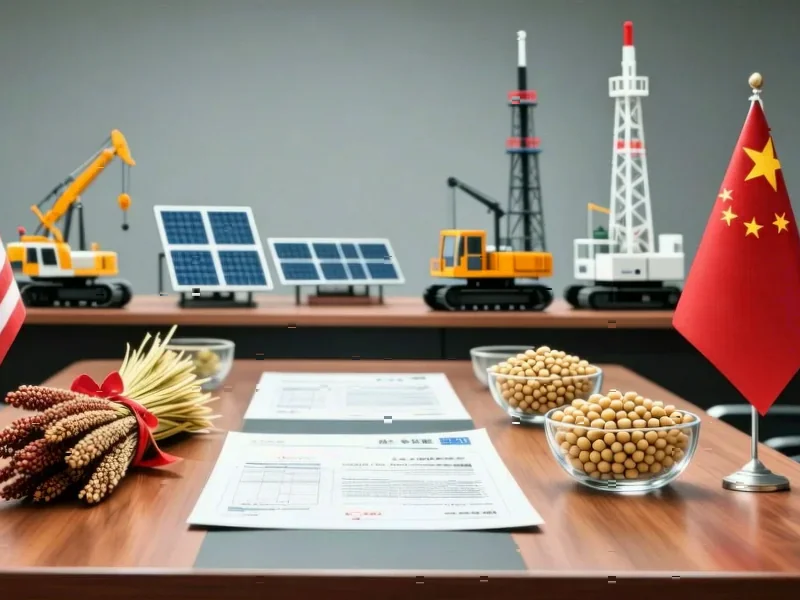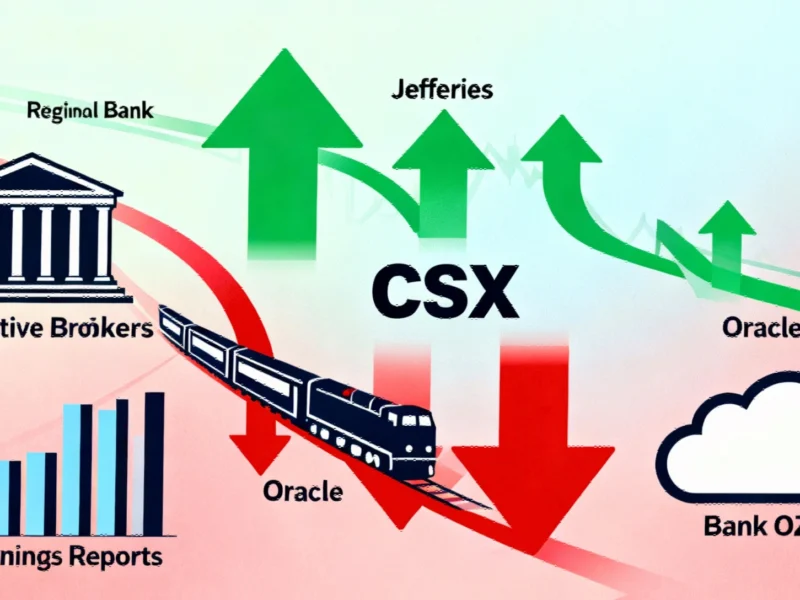According to Utility Dive, Schneider Electric’s Energy Management segment grew 10% year-over-year in the third quarter, with North America surging 17% as hyperscale tech companies could spend close to $200 billion on data center investments this year. The Paris-based electrical equipment company reported 9% organic growth across all businesses to 10 billion euros ($11.5 billion) for the quarter. CFO Hilary Maxson highlighted “continued high demand from hyperscalers and strong and accelerating demand from new AI-related players,” particularly in North America and China. The company’s software vertical grew 8% and accounted for 19% of total revenue, while AVEVA posted 12% recurring revenue growth. Schneider also revealed it has surpassed its 2025 carbon reduction target early, with top suppliers cutting emissions by 53% since 2020.
The AI data center gold rush
Here’s the thing about Schneider’s numbers – they’re basically a proxy for the insane AI infrastructure buildout happening right now. When hyperscalers are potentially dropping $200 billion on data centers in a single year, someone has to provide the power management, cooling, and automation systems. And Schneider seems perfectly positioned to catch that wave.
Their strategic moves tell the story. Buying into Motivair for cooling systems? Co-developing reference designs with NVIDIA? That’s not random – it’s directly targeting the biggest pain points in AI data centers. Power density and thermal management are becoming massive constraints, and Schneider’s building the complete toolkit to solve them.
Beyond the hyperscale frenzy
But what’s interesting is this isn’t just a hyperscale story. The company mentioned strong demand from “technical buildings like retail and hotels” too. Basically, as everything gets more electrified and automated, Schneider’s energy management expertise becomes relevant across commercial real estate.
The residential weakness in China and North America? Honestly, that barely matters when data centers are driving double-digit growth. It’s like worrying about your lemonade stand when you’re running a bottled water company during a drought.
The competitive landscape shifts
So where does this leave competitors? Schneider’s positioning as an “energy technology partner” rather than just an equipment supplier is smart. They’re bundling hardware, software, and services into complete solutions that are harder to replicate. The AVEVA acquisition gives them platform-agnostic software capabilities that can integrate across different vendor ecosystems.
And let’s talk about that 53% supplier emissions reduction. That’s not just ESG window dressing – it’s becoming a real competitive advantage as enterprises get serious about Scope 3 emissions. When you’re selling to companies that have net-zero commitments, being able to demonstrate a decarbonized supply chain matters.
The challenges ahead
Now, it’s not all smooth sailing. Maxson was pretty clear that tariffs and inflation will continue to bite into 2025. The Mexico weakness due to “tariff uncertainties” shows how geopolitical factors can quickly impact regional performance.
And honestly, can this hyperscale spending continue at this pace? We’re talking about numbers that would have seemed insane just a few years ago. At some point, even the tech giants might need to catch their breath. But for now, Schneider’s riding the wave – and their quarterly presentation suggests they’re building the capabilities to stay relevant when the current boom eventually levels off.




